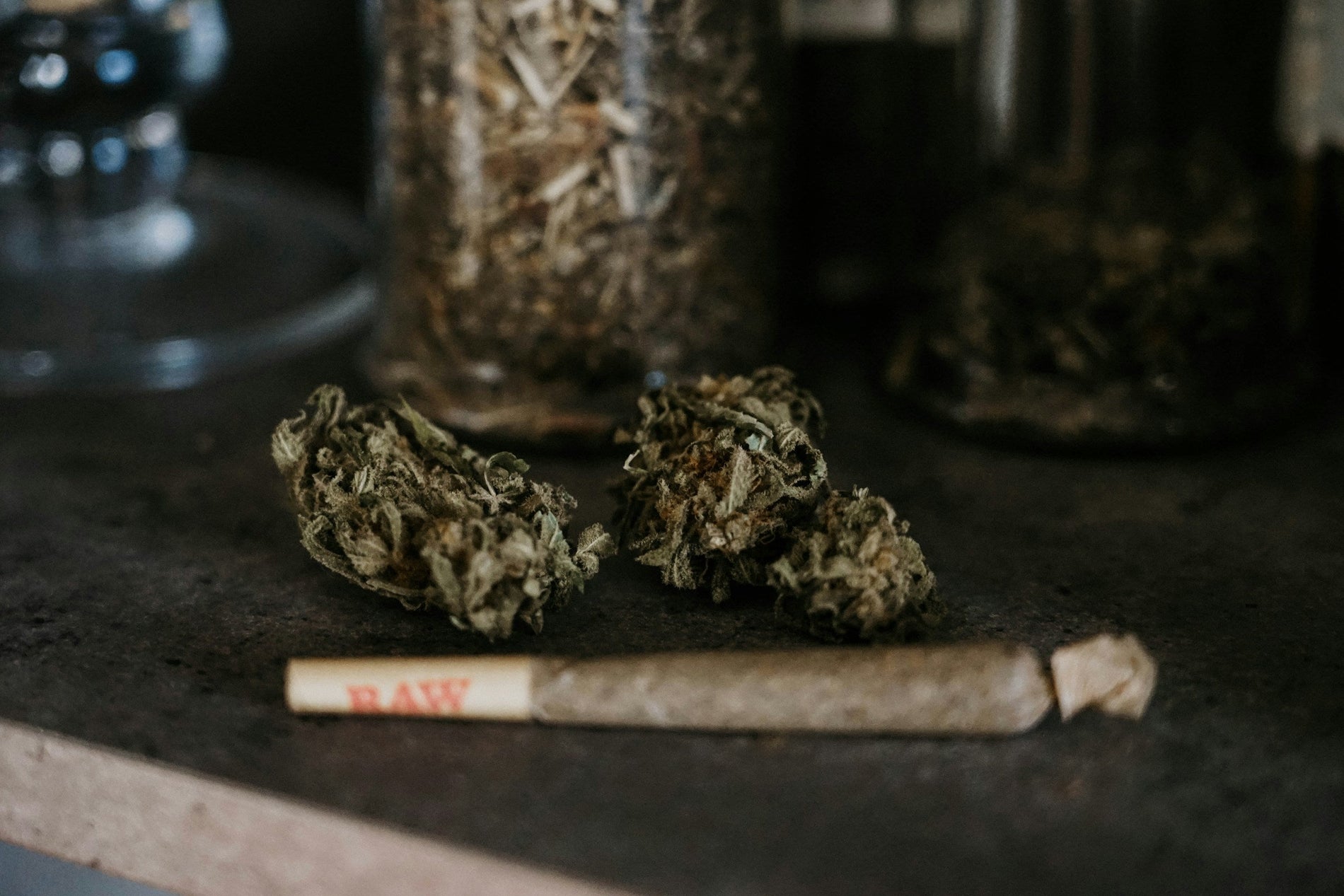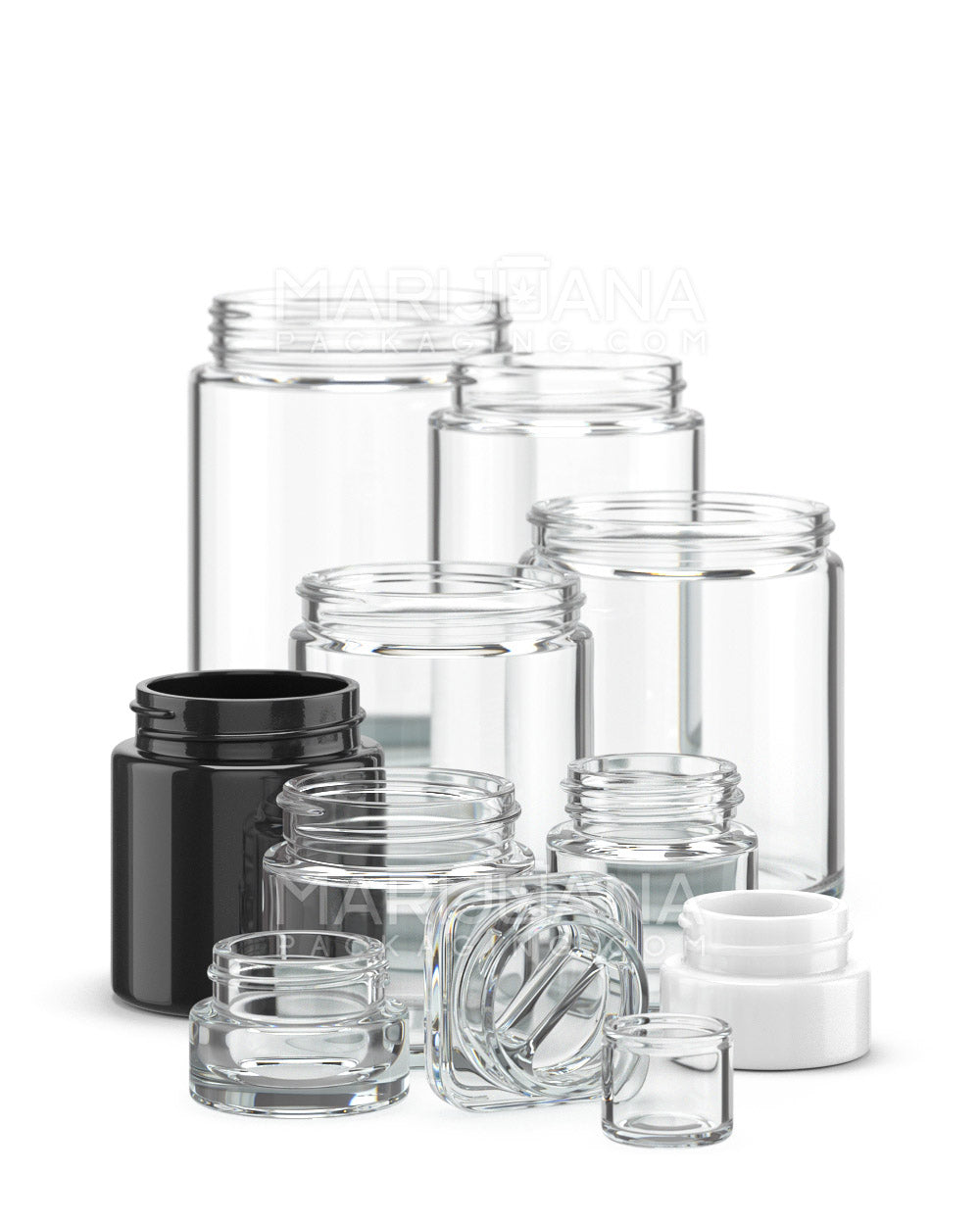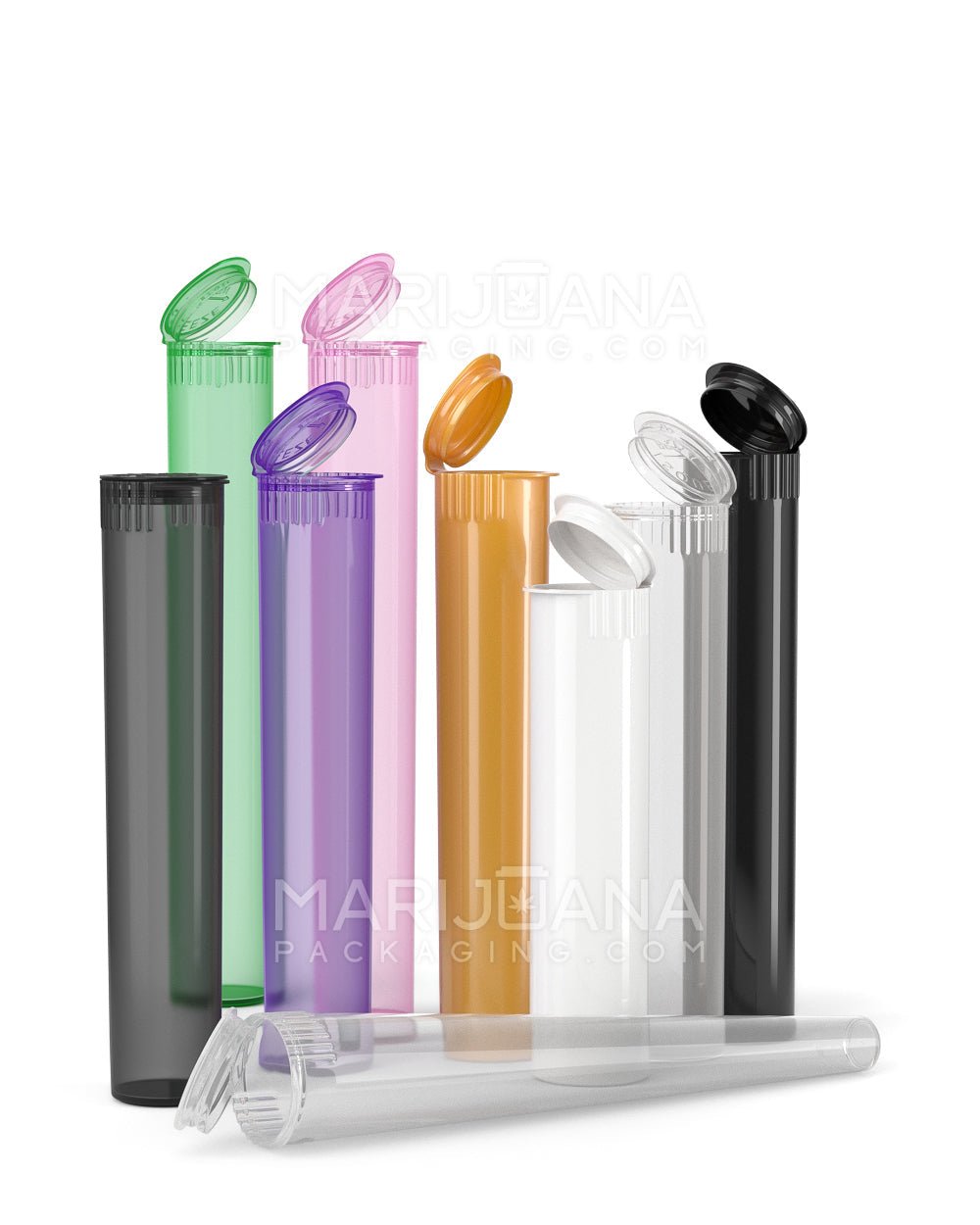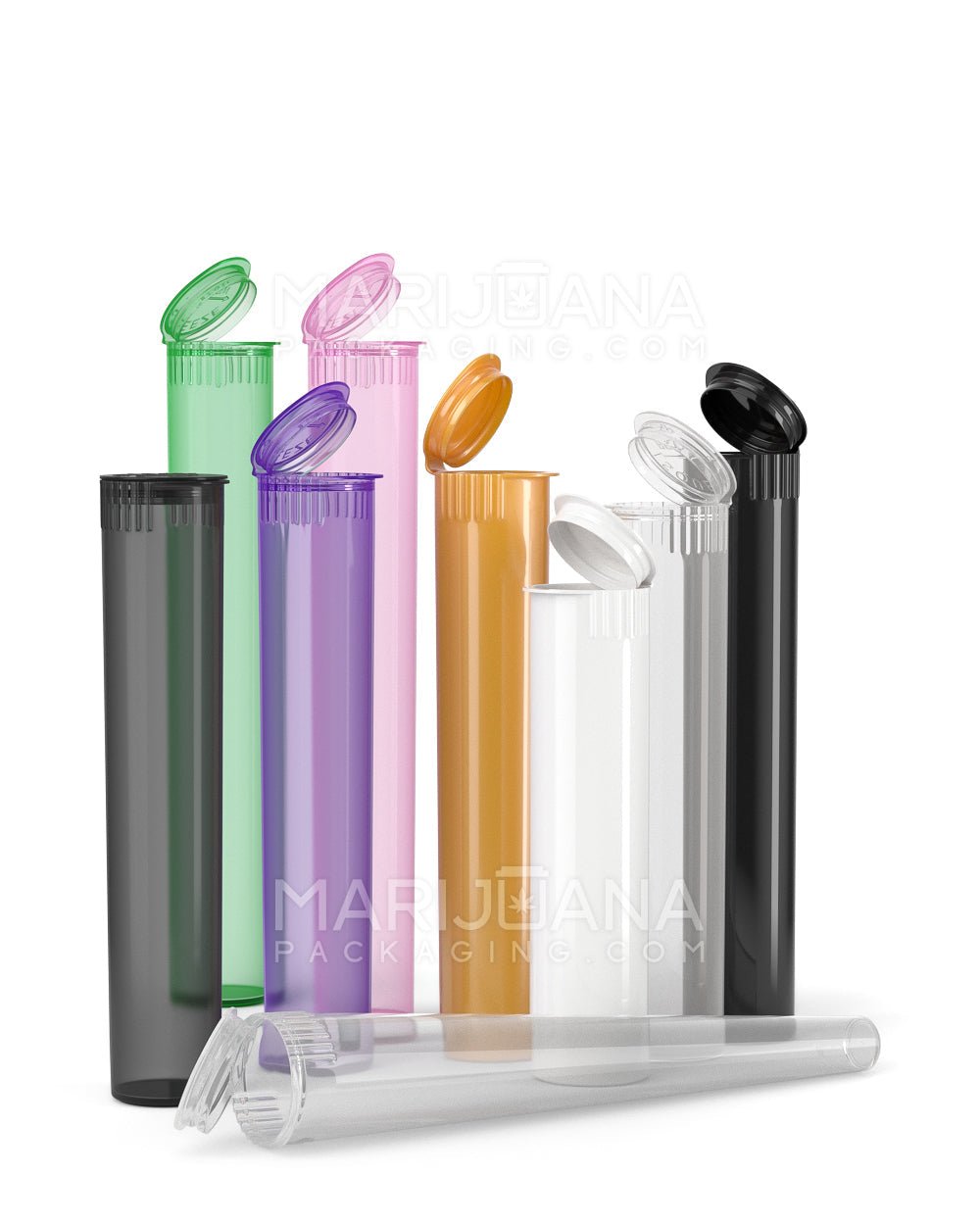Ever found yourself wondering why your friend's joint seems to hit harder than yours, even though you're both using the same stash? You might be experiencing the effects of marijuana tolerance. It's a fascinating phenomenon that occurs when the body gets used to the presence of THC, the main psychoactive compound in cannabis.
In this article, we'll unravel the mystery behind building a tolerance to marijuana. We'll look at how long it typically takes, factors that influence it, and what you can do if you find yourself needing more and more to achieve the same effects. Grab a comfy seat, and let's get into it.
What is Marijuana Tolerance?
Tolerance, in the context of marijuana, refers to the body's reduced response to the effects of cannabis after repeated use. Essentially, your body becomes accustomed to the presence of THC, and over time, you might find that you need to consume more to feel the same high. This isn't unique to marijuana—it's a common occurrence with many substances, including caffeine and alcohol.
But how does this actually work? Well, it all comes down to the brain and its receptors. THC primarily interacts with CB1 receptors in the brain. When you frequently consume cannabis, these receptors start to downregulate, meaning they become less responsive to THC. It's like your brain is saying, "I've seen this before, no big deal."
This can be a bit frustrating, especially if you're trying to manage symptoms like pain or anxiety with cannabis. But don't worry, there are ways to manage tolerance, which we'll get to later.
How Long Does it Take to Build Tolerance?
The time it takes to build a tolerance to marijuana can vary widely from person to person. Some might notice a change after just a few uses, while others might take weeks or even months. Here's what generally influences this timeline:
- Frequency of Use: If you're lighting up every day, you're likely to build a tolerance faster than someone who only partakes on weekends.
- Amount Consumed: The more you consume in each session, the quicker your body may adapt.
- Individual Biology: Your unique physiology plays a big role. Some people are naturally more sensitive to THC, while others might require more to achieve the same effects.
- THC Potency: High-THC strains or products can lead to quicker tolerance buildup.
Interestingly enough, some long-term users report that their tolerance levels off after a certain point, meaning they don't continue to need more and more cannabis indefinitely. The body seems to reach a sort of equilibrium, but this isn't the case for everyone.
Signs You’re Building a Tolerance
Not sure if you're starting to build a tolerance? Here are some tell-tale signs:
- Needing More: You're finding that your usual amount just isn’t cutting it anymore.
- Shorter Highs: The effects seem to wear off quicker than they used to.
- Less Intense Effects: Even though you're consuming the same amount, the high just doesn't feel as strong.
If you're noticing these signs, it's a good indication that your body is getting used to THC. But don't worry—there are ways to manage and even reset your tolerance.
Factors Influencing Tolerance
Besides the obvious factors like frequency and amount of use, there are several other elements that can influence how quickly you develop a tolerance to marijuana:
- Metabolism: People with faster metabolisms might process THC quicker, potentially building tolerance faster.
- Genetics: Like many things in life, some of it comes down to your DNA. Certain genetic markers can affect how you respond to cannabis.
- Diet and Lifestyle: Your overall lifestyle, including diet and exercise, can influence how your body processes cannabis.
- Other Substances: If you're using other substances or medications, they might interact with cannabis and affect tolerance development.
It's a complex interplay of factors, but understanding them can help you manage your cannabis use more effectively.
Managing and Resetting Tolerance
Feeling like your tolerance is getting a bit out of hand? Here are some strategies to help manage and even reset your tolerance:
- Tolerance Break: Taking a break from cannabis for a few days or weeks can help reset your receptors. This is often the most effective way to lower tolerance.
- Microdosing: Instead of consuming large amounts, try using smaller doses more frequently. This can help maintain the desired effects without rapidly increasing tolerance.
- Switching Strains: Sometimes, changing up the strain can make a difference, especially if you switch to a strain with different cannabinoids or terpenes.
- Exercise: Regular exercise might help manage tolerance by improving overall metabolism and endocannabinoid system health.
Remember, everyone's body is different, so it might take some experimentation to find what works best for you.
The Role of CBD in Tolerance
You've probably heard of CBD, the non-psychoactive compound in cannabis. But did you know it might play a role in managing tolerance?
Some research suggests that CBD can help balance the effects of THC, potentially slowing down the development of tolerance. It doesn't bind to CB1 receptors the same way THC does, which means it might help modulate THC's impact on the brain.
If you're interested in trying this out, consider incorporating CBD-rich strains or products into your routine. You might find that it helps maintain the desired effects without needing to increase your THC consumption.
Why Tolerance Might Be a Good Thing
While tolerance can be frustrating, it might not always be a bad thing. For some medical users, building a tolerance means they can consume cannabis without experiencing unwelcome side effects like anxiety or paranoia.
Additionally, tolerance can provide a certain level of stability for those who use cannabis regularly. It allows them to enjoy the benefits without the rollercoaster of intense highs and lows.
Of course, this doesn't mean you should aim to build a tolerance, but it does highlight that it's not always something to be avoided at all costs.
When to Consider a Tolerance Break
Deciding to take a tolerance break is a personal choice, but here are some scenarios when it might be worth considering:
- Cost Concerns: If you're spending more than you'd like on cannabis because you need larger amounts to achieve the same effects.
- Health Considerations: If you're noticing any negative health impacts from increased consumption.
- Desired Effects: If the effects you're experiencing aren't aligning with what you want from your cannabis use.
Taking a break can be challenging, especially if cannabis is a regular part of your routine, but many find it to be a beneficial reset.
Final Thoughts
Building a tolerance to marijuana is a natural part of using cannabis, but it doesn't have to be a barrier to enjoying its benefits. By understanding how tolerance works and employing strategies to manage it, you can maintain a balanced and enjoyable cannabis experience.
If you're looking to explore different packaging options for cannabis products, Gamut has got you covered. With a wide range of solutions tailored to meet your needs, from design to delivery, Gamut ensures your products stand out in the market. Whether you're interested in stock options, custom designs, or industry-specific solutions, Gamut runs the gamut to make your brand unforgettable.



















